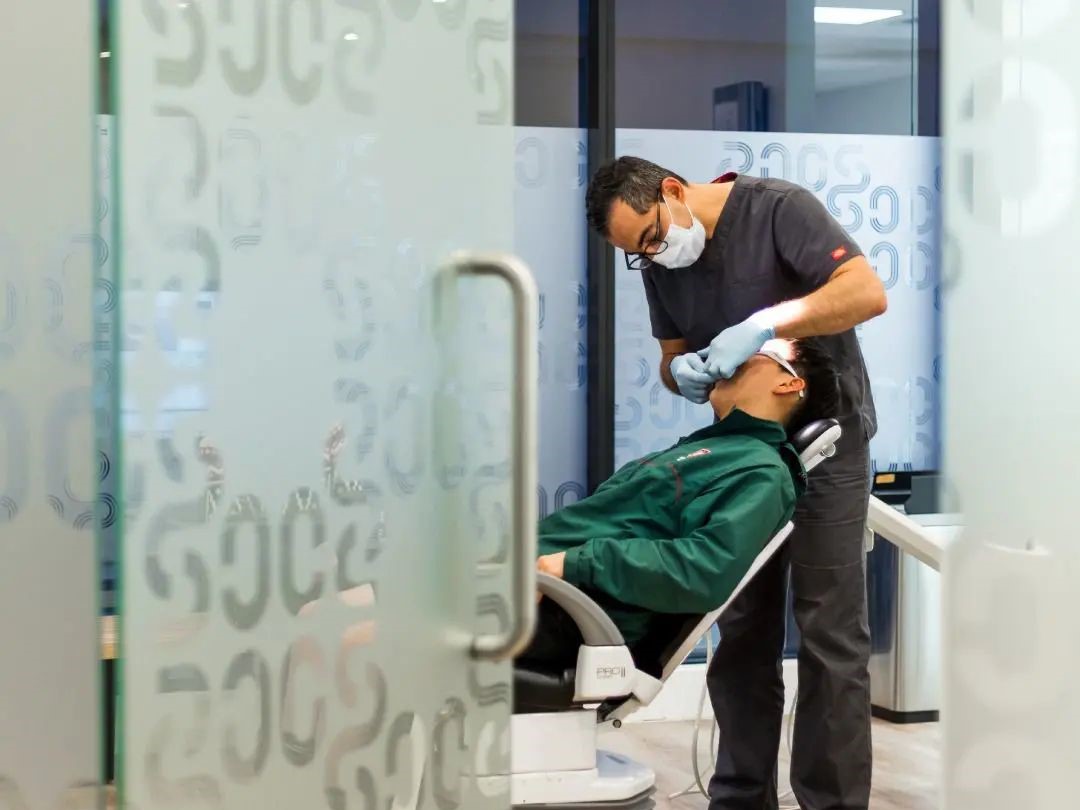Completing your orthodontic treatment and having your braces removed is an exciting milestone. However, the journey to a perfect smile doesn’t end there. Retainers play a crucial role in ensuring the results of your braces last a lifetime. In this article, we’ll explore everything you need to know about retainers and how to take care of your teeth post-braces, with a focus on the options available for patients living in the North Shore area.
What Are Retainers?
A retainer is a custom-made appliance designed to hold your teeth in their new, corrected positions after your braces are removed. They prevent your teeth from shifting back to their previous alignment, which is a common occurrence after orthodontic treatment. Without a retainer, your teeth can gradually move out of place, undoing the progress made by braces.
Why Are Retainers Important?
After braces are removed, the bone and tissue surrounding your teeth need time to stabilise. Teeth naturally shift throughout life, but this is especially likely in the months following orthodontic treatment. Retainers act as a safeguard, helping to maintain your new smile by holding the teeth in place until the surrounding bone has fully settled.
Wearing a retainer ensures:
- Retention of tooth position: Prevents teeth from moving back to their original positions.
- Long-term stability: Maintains the alignment achieved by braces.
- Aesthetic benefits: Keeps your smile looking straight and beautiful.
- Proper bite function: Retainers ensure your teeth remain properly aligned for effective chewing and speaking.
Types of Retainers
There are two primary types of retainers: fixed (permanent) and removable. Both types are widely used at Shakespeare Orthodontic, and your orthodontist will recommend the best option based on your specific needs.
1. Fixed Retainers
A fixed retainer consists of a thin, custom-fitted wire bonded to the back of your front teeth. It’s a permanent solution that remains in your mouth for several years, ensuring your teeth stay in place.
- Pros:
- Constantly in place, providing continuous retention.
- No need to remember to wear or remove it.
- Less visible, as it’s placed behind the teeth.
- Cons:
- Can make cleaning between teeth more challenging.
- Requires regular orthodontic check-ups to ensure the wire remains secure.
- If damaged, repair may be needed by your orthodontist.
2. Removable Retainers
Removable retainers are popular in New Zealand because they can be taken out for eating, cleaning, and special occasions. There are two common types of removable retainers:
a. Hawley Retainers
This is the traditional retainer made from a combination of acrylic and metal wire. The acrylic part fits snugly against the roof of your mouth or behind the lower teeth, while the wire runs along the front of the teeth to hold them in place.
- Pros:
- Durable and long-lasting.
- Easy to clean since it can be removed.
- Adjustable by your orthodontist if needed.
- Cons:
- Visible when worn.
- May feel bulky in the mouth.
- Can affect speech initially as you adjust to wearing it.
b. Clear Retainers (Essix Retainers)
Clear plastic retainers, often called Essix retainers, are made of transparent plastic and resemble Invisalign aligners. They are custom-moulded to fit snugly over your teeth.
- Pros:
- Nearly invisible, making them a discreet option.
- Easy to wear and remove.
- More comfortable than traditional retainers for some patients.
- Cons:
- Less durable than Hawley retainers (they can crack or wear out over time).
- Requires diligent cleaning to prevent staining.
- May need to be replaced more frequently.
Invisalign as a Retainer Option
For many Orthodontists on the North Shore, Invisalign is not only used as an alternative to braces but also in some cases as a retainer after braces. Invisalign retainers offer a modern and clear solution for maintaining tooth alignment, especially for patients who prefer the look and feel of aligners over traditional wire retainers.
How Long Do You Need to Wear a Retainer?
At Shakespeare Orthodontics, we generally recommend wearing your retainer full-time (at least 22 hours a day) for the first few months after braces are removed. After this initial period, you may transition to wearing it only at night. This schedule can vary depending on your specific orthodontic needs, and some patients may need to wear their retainers indefinitely at night to prevent any future shifting.
It’s crucial to follow your orthodontist’s recommendations closely, as skipping retainer wear can lead to unwanted tooth movement and may require additional orthodontic treatment down the line.
Proper Care for Your Retainer
Taking care of your retainer is essential to keep it in good condition and ensure it effectively maintains your teeth’s position. Whether you have a fixed or removable retainer, here are some key tips:
1. Cleaning Removable Retainers
- Daily Cleaning: Clean your removable retainer every day with a soft toothbrush and lukewarm water. Avoid using toothpaste, as it can be abrasive and cause scratches on the plastic.
- Soaking: Use a retainer cleaning solution or a specialised retainer soak available in Takapuna pharmacies to remove bacteria, plaque, and odours.
- Avoid Heat: Do not expose your retainer to high temperatures, as it can warp the plastic. Avoid placing it in hot water, near radiators, or in direct sunlight.
- Storage: When not wearing your retainer, always store it in its protective case to prevent it from getting lost or damaged.
2. Cleaning Fixed Retainers
- Flossing: Use a floss threader or interdental brushes to clean around the wire of a fixed retainer. This helps to remove plaque and food particles that may accumulate.
- Brushing: Brush your teeth as usual, making sure to clean around the wire carefully.
- Regular Check-ups: Schedule regular visits with your Takapuna orthodontist to ensure your fixed retainer is secure and functioning properly.
What Happens If You Don’t Wear Your Retainer?
Failing to wear your retainer as prescribed can result in your teeth shifting out of their corrected positions. This process is called “relapse,” and it can undo months or even years of orthodontic work. The longer you go without wearing your retainer, the more your teeth may shift. In severe cases, you may need to undergo orthodontic treatment again to re-align your teeth.
What to Do If Your Retainer is Lost or Damaged
If your retainer is lost or damaged, it’s important to contact your orthodontist as soon as possible. In New Zealand, orthodontists can quickly provide replacement retainers to avoid tooth shifting. It’s always better to avoid this by keeping your retainer in its case when not in use and handling it with care.
Retainers and Life
Shakespeare Orthodontics offer customised retainer solutions tailored to each patient’s needs. Whether you opt for fixed retainers or removable options like clear aligners, orthodontists in this region provide comprehensive aftercare to ensure your new smile remains intact. Regular follow-ups and diligent at-home care are essential for maintaining the results achieved through orthodontic treatment.
Conclusion
Retainers are an essential part of post-braces care, ensuring that the time and effort invested in your orthodontic treatment yield long-lasting results. By understanding the importance of retainers and following your orthodontist’s advice, you can maintain your straight, beautiful smile for years to come. For residents in Takapuna and the North Shore, Shakespeare Orthodotics are available to guide you through your aftercare journey, helping you achieve optimal oral health and aesthetics.
Shakespeare Orthodontics: Creating a Smile You Love
4 Auckland Locations: Takapuna (North Shore), Epsom, Warkworth, Howick
Request an Appointment
Ph: 09 2166 888
More Orthodontist Tips from the North Shore
How to Tell if You Need Braces
Common Orthodontic Terms Explained



